Color is a powerful styling tool, helping to set the mood, highlight features, and create balance in any outfit. In Pocket Styler, you can use color theory to make your looks stand out by mastering harmonious color combinations and understanding which hues work best together. This quick guide will show you some essential color theory concepts that are easy to apply in your Studio designs. Let’s dive in!
1. Understanding the Color Wheel

The color wheel is the foundation of color theory, and it’s divided into:
- Primary Colors: Red, blue, and yellow.
- Secondary Colors: Green, orange, and purple (created by mixing primary colors).
- Tertiary Colors: Combinations like red-orange or blue-green that add more nuance.
Tip: In Pocket Styler, choose pieces that echo primary, secondary, or tertiary colors to create color harmony or contrast in your looks.
2. Monochromatic Looks: Simplicity in One Color

- What It Is: Monochromatic styling uses one color in varying shades and tones, creating a cohesive and sophisticated look.
- When to Use It: This is perfect for minimalists or when you want a sleek, polished effect.
- Example: Try an all-blue ensemble by mixing navy, sky blue, and baby blue pieces in one outfit. Monochrome lets you play with textures and patterns without overpowering the look.
Try it: Choose a dominant color, then find shades and tones of it within your Studio wardrobe to create a harmonious, monochromatic look.
3. Complementary Colors: Bold and Balanced

- What It Is: Complementary colors are opposite each other on the color wheel (e.g., red and green, blue and orange).
- When to Use It: For a bold, attention-grabbing look. Complementary colors create a strong contrast that makes outfits pop.
- Example: Pair a blue dress with orange accessories for a vivid look that maintains balance without overwhelming.
Try it: Choose two complementary colors and incorporate them in your outfit. For example, use one as your primary color and the other in accessories like bags or shoes.
4. Analogous Colors: Effortless Harmony

- What It Is: Analogous colors sit next to each other on the color wheel (e.g., blue, blue-green, and green).
- When to Use It: When you want a softer, more blended look without the stark contrast.
- Example: Use shades of pink, red, and orange to create a warm, harmonious outfit. Analogous colors work well in flowy, layered styles, adding dimension while staying unified.
Try it: Start with one color, then add one or two neighboring colors. Use this approach for stylish, cohesive looks with minimal risk of clashing.
5. Triadic Colors: Vibrant and Playful

- What It Is: Triadic colors are evenly spaced around the color wheel, forming a triangle (e.g., red, blue, and yellow).
- When to Use It: For vibrant, fun outfits that mix three distinct colors without overwhelming each other.
- Example: A red top, blue skirt, and yellow accessories make a playful, balanced outfit. Triadic color schemes are ideal for playful, festival-inspired looks.
Try it: Pick three triadic colors and assign them to different elements in your outfit (like top, bottom, and accessories) for a balanced, eye-catching look.
6. Neutral Colors as Anchors

- What It Is: Neutral colors (black, white, beige, gray) work as a base for any color palette.
- When to Use It: Neutrals add sophistication and let other colors shine. They’re perfect for grounding bolder hues.
- Example: If you’re using a bright color scheme, balance it with neutral accessories or outerwear for a polished look.
Try it: Use neutrals as a backdrop and highlight one or two colors from the wheel for emphasis. This creates a refined look that’s easy to style and versatile.
Quick Reference Cheat Sheet
- Monochromatic: One color in various shades. Use for sleek and simple styles.
- Complementary: Two opposite colors on the wheel. Ideal for bold, high-contrast looks.
- Analogous: Neighboring colors for a harmonious look.
- Triadic: Three evenly spaced colors for a vibrant, balanced look.
- Neutrals: Black, white, beige, and gray to ground other colors.
Mastering color combinations in Pocket Styler will add polish to your outfits and help you create cohesive, eye-catching looks. Try these techniques in the Studio and experiment with different palettes to find what feels most “you.”
Happy styling!













